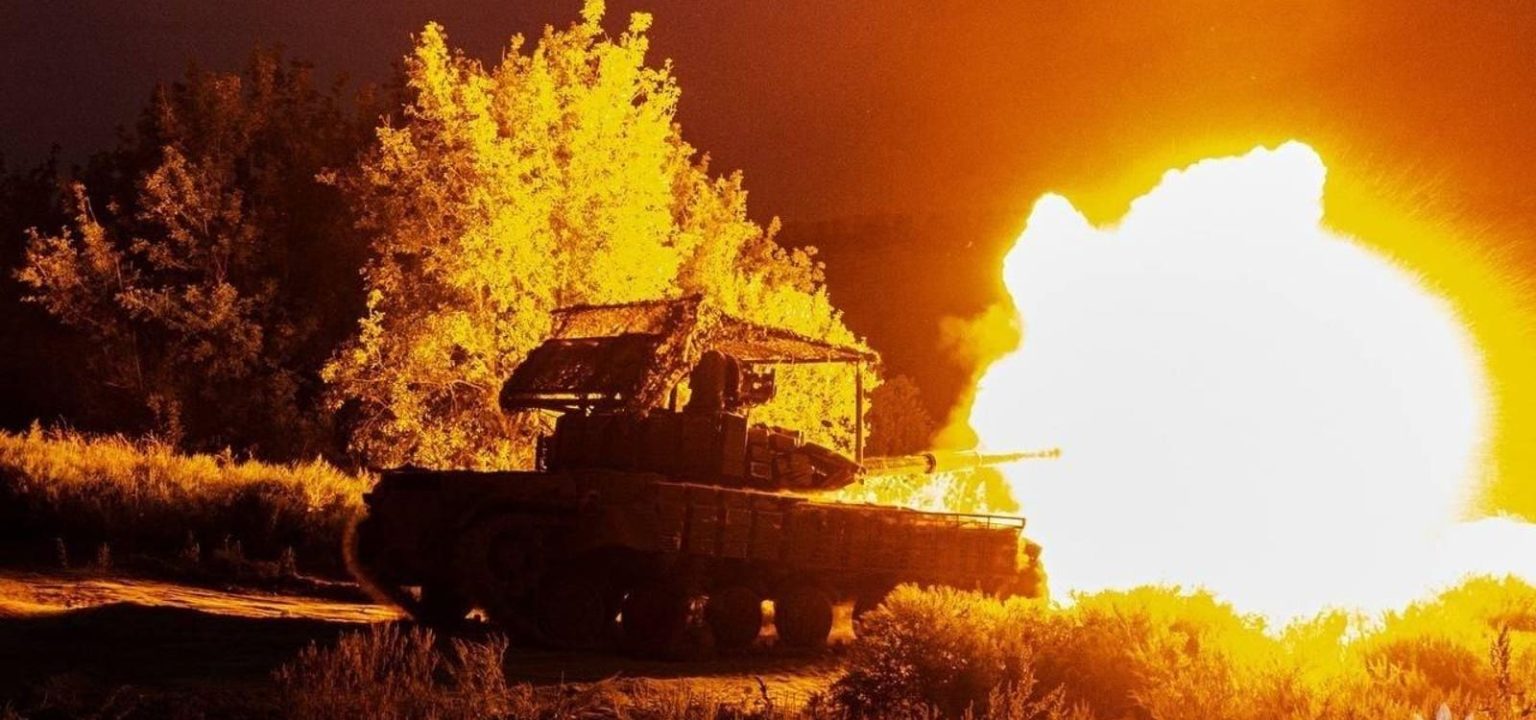Between October 2023 and mid-February this year, Russian forces surrounded, besieged and then captured the fortress city of Avdiivka in eastern Ukraine.
With Ukrainian forces starving for ammunition, due in part to Russia-friendly Republican lawmakers in the U.S. Congress stalling aid, the Russians were able to sustain their advance.
In April, they breached the first line of Ukrainian fall-back positions around Ocheretyne. Marching westward last month, they breached the second line of Ukrainian positions around Ivanivke.
Today the Russian Central Grouping of Forces is just six miles from the next major prize on the Avdiivka axis: the city of Pokrovsk, which sits astride important Ukrainian supply lines for the whole eastern front.
But the 11-month, 25-mile advance has come at enormous cost to the Russian military. Exactly how enormous, we don’t know for sure. But there’s evidence that, this weekend, the Russians experienced the costliest 24 hours of their 30-month wider war on Ukraine.
On Sunday, analyst Andrew Perpetua tallied more than 180 damaged, destroyed and abandoned Russian vehicles and heavy weapons. Ukraine’s own losses were much lighter: fewer than three dozen.
To put that into perspective, on average across the approximately 920 days of its wider war on Ukraine, Russia has lost just 19 pieces of heavy weaponry. All that is to say, the Russians’ single-day record loss this weekend was nearly 10 times worse than average.
Not all of the losses on Perpetua’s list are irreparable and thus permanent. Not all took place this weekend—rather, some occurred earlier, but video or photographic evidence of them appeared over the weekend. Not all were around Pokrovsk. So it’s not perfectly accurate to say the Russians lost all of this hardware in one day trying to capture Pokrovsk … and can’t get it back.
But as an indicator of the scale of Russian losses across the most violent sector of the 700-mile front line, Perpetua’s nearly daily tallies—based on his close scrutiny of Russian and Ukrainian social media accounts—are pretty reliable.
Simply put, the relentless assault toward Pokrovsk “is very costly for the [Russian armed forces] and they will not be able to maintain this pace for a long time,” the pro-Ukraine Conflict Intelligence Team explained.
That’s cold comfort to the Ukrainian troops who’ve been fighting a desperate defensive battle along the Avdiivka axis since last fall, all while outgunned and outnumbered four to one. It’s no less comforting to the tens of thousands of Ukrainian civilians who’ve been displaced by the Russian advance. And to the friends and family of the thousands of Ukrainians who’ve died, it’s no comfort at all.
In the cruel calculus of wartime attrition, however, the price Russia is paying for its gains in eastern Ukraine matters—a lot. Fully capturing eastern Ukraine’s Donetsk Oblast is one of the Kremlin’s main goals. Severing Ukrainian supply lines behind Pokrovsk is one way to achieve that goal.
But if the current Russian offensive runs out of people and vehicles before it rolls through Pokrovsk, it could be a while before Russia can muster resources for a second try.
That’s why some Ukrainian observers are optimistic about Pokrovsk, despite the recent Russian advances toward the city. “It can be assumed that the enemy will reach the city by mid-September, but they will not be able to capture it,” the Ukrainian Center for Defense Strategies predicted.
And after a bloody 11 months, that failure could finally signal the end of the Russian offensive that began last fall outside Avdiivka. “The battle for Pokrovsk may become the culmination of the Russian offensive this year, after which the front line will begin to stabilize,” Conflict Intelligence Team noted.
But these optimistic predictions hinge on one risky assumption: that the Russians can’t immediately replace their losses.
Yes, the advancing Russians are leaving a shocking trail of dead soldiers and destroyed vehicles in their path as they march on Pokrovsk. No, these losses are not sustainable over the long term: the Kremlin is already drawing down its vast—but finite—stocks of decades-old Cold War weaponry.
But whether the troops and vehicles run out in time to save Pokrovsk and the surrounding oblast is unclear.
Sources:
1. Andrew Perpetua: https://x.com/AndrewPerpetua/status/1830823551638622672
2. Conflict Intelligence Team: https://notes.citeam.org/dispatch-aug-30-sept-2-2024
3. Center for Defense Strategies: https://cdsdailybrief.substack.com/p/russias-war-on-ukraine-020924
4. Oryx: https://www.oryxspioenkop.com/2022/02/attack-on-europe-documenting-equipment.html
Read the full article here





